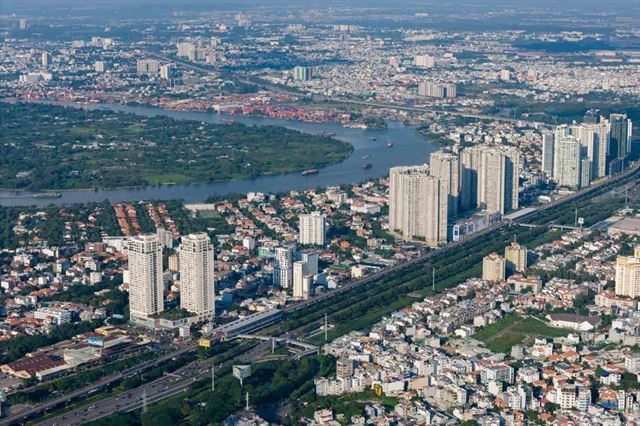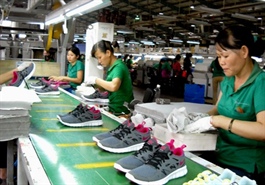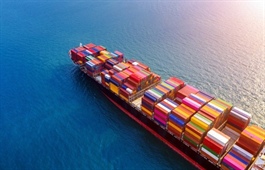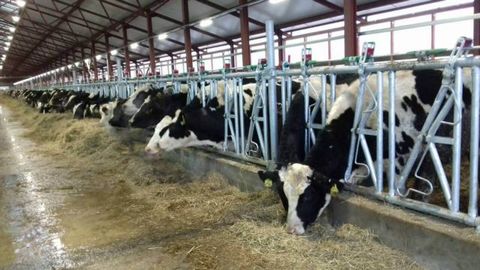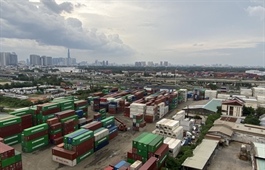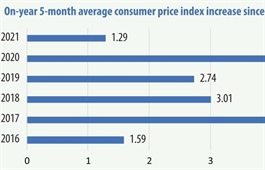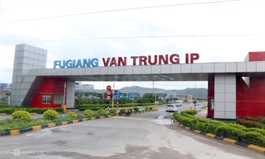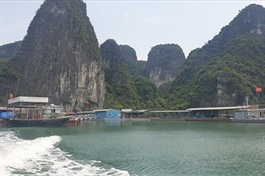Vietnam GDP growth in 2021 projected to exceed government’s expectation: World Bank
Vietnam GDP growth in 2021 projected to exceed government’s expectation: World Bank
Vietnam has been successful in containing Covid-19 and has benefited from fiscal measures supporting public investment and robust foreign direct investment (FDI) inflows.
The World Bank has predicted Vietnam’s GDP this year to expand by 6.6% in 2021, 0.1 percentage point higher than the government’s target at 6.5%.
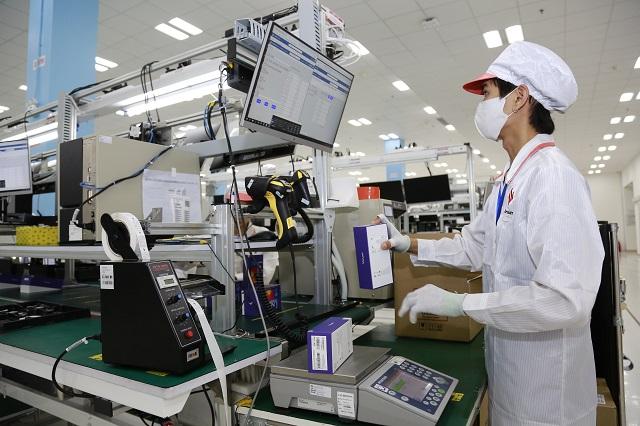
Electronics production at Hoa Lac hi-tech park. Photo: Thanh Hai
|
The figure was revealed in World Bank’s latest report titled “Global Economic Prospects”, in which it forecast the global economy will expand by 5.6% in 2021, the fastest post-recession pace in 80 years with strong rebounds of a few major economies.
Despite the recovery, global output will be about 2% below pre-pandemic projections by the end of this year. Per capita income losses will not be unwound by 2022 for about two-thirds of emerging market and developing economies, added the World Bank.
In this context, Vietnam, among the most export-oriented and competitive regional economies, would be expected “to benefit most from higher growth in the US and other advanced economies,” noted the bank.
According to the World Bank, among major ASEAN countries, only Vietnam has seen output surpassing its pre-pandemic levels.
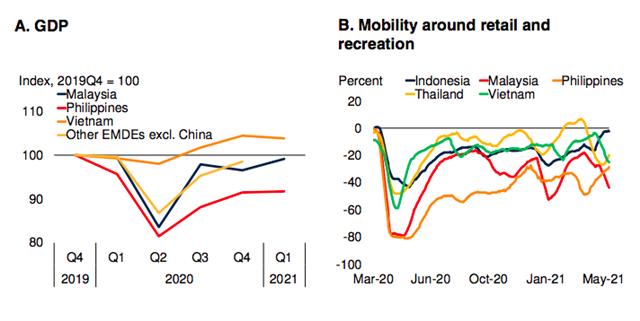
Source: World Bank's report
|
“Vietnam has been successful in containing Covid-19 and has benefited from fiscal measures supporting public investment and robust foreign direct investment (FDI) inflows,” stated the World Bank.
While the continued spread of the Covid-19 pandemic causes a subdued mobility around retail areas and subsequently lagging consumer spending, the country’s industrial output has mostly recovered, helped by a quick rebound of regional goods exports.
Overall in the East Asia and Pacific region, Vietnam would be the second fastest growing economy in 2021, only behind China with a GDP growth of 8.5%.
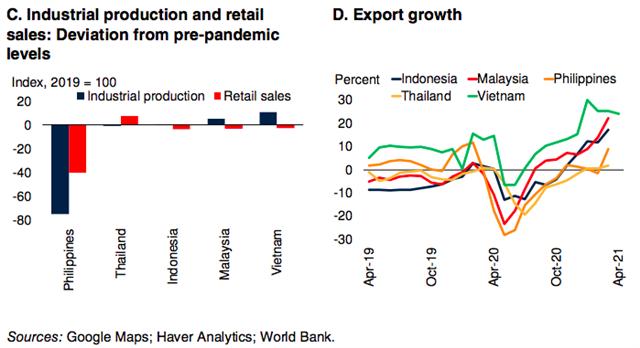
|
Developing countries facing severe impacts from pandemic
While countries like the US and China are spearheading the global economic recovery, World Bank Group President David Malpass warned the pandemic continues to “inflict poverty and inequality on people in developing countries around the world”.
“Globally coordinated efforts are essential to accelerate vaccine distribution and debt relief, particularly for low-income countries. As the health crisis eases, policymakers will need to address the pandemic’s lasting effects and take steps to spur green, resilient, and inclusive growth while safeguarding macroeconomic stability,” said Malpass.
Among major economies, US growth is projected to reach 6.8% this year, reflecting large-scale fiscal support and the easing of pandemic restrictions. Growth in other advanced economies is also firming, but to a lesser extent.
Emerging markets and developing economies as a group are forecast to expand 6% this year, supported by higher demand and elevated commodity prices.
World Bank’s report pointed out facilitating trade by lowering trade costs such as cumbersome logistics and border procedures could help bolster the recovery of emerging markets and developing economies.
Despite a decline over the past 15 years, trade costs remain almost one-half higher in these countries than in advanced economies, in large part due to higher shipping and logistics costs.
Efforts to streamline trade processes and clearance requirements and enable better transport infrastructure and governance encourage greater information sharing, and strengthen competition in domestic logistics, retail, and wholesale trade could yield considerable cost savings.
“Linkages through trade and global value chains have been a vital engine of economic advancement for developing economies and lifted many people out of poverty. However, at current trends, global trade growth is set to slow down over the next decade,” World Bank Group Vice President for Equitable Growth and Financial Institutions Indermit Gill said.
“As developing economies recover from the Covid-19 pandemic, cutting trade costs can create an environment conducive to re-engaging in global supply chains and reigniting trade growth,” Gill added.



